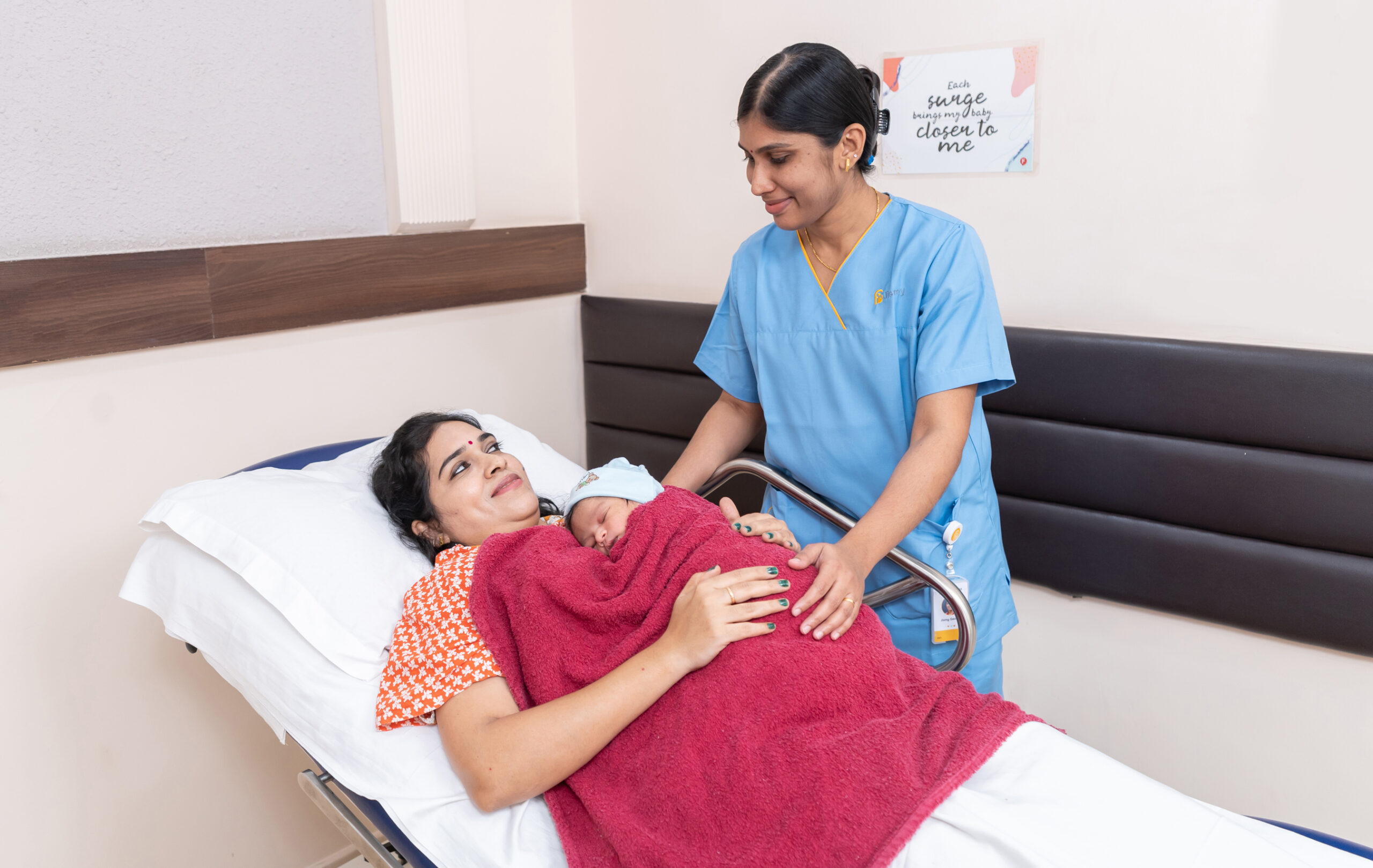Every woman deserves to have a safe and blissful childbirth experience. As a result of distressing medical interventions, incompetent pregnancy assistance, and the violation of their basic rights, many mothers never forget their birthing experience and are traumatised.
The lack of access to quality maternal healthcare leads to increased maternal and infant mortality ratio. Reports suggest that the Government of India was able to reduce the Maternal Mortality Ratio in 2020. However, providing safe maternity care is still a milestone to achieve.
National Safe Motherhood Day came into existence in 2003 after the Union Government recognised the campaign run by the White Ribbon Alliance India (WRAI) and is observed every year on the 11th of April. Beyond widening awareness, National Safe Motherhood Day is a path to advocate for better maternal care that promotes safe medical practices including pre-natal screenings, midwife-led birthing, emergency care, and safe monitoring throughout pregnancy and post-natal follow-ups.
Our country is on the path of realising and recognising the vital role of professional midwives trained to global standards in enhancing the birthing experience. We are happy to champion and include midwifery into our maternal and newborn care.
Reimagining Safe Maternity Care through Midwifery
Having a skilled professional to offer antenatal consultations and birth preparation and who is involved in birthing can improve a mother’s pregnancy and birthing experience and reduce unnecessary interventions. In addition to qualified doctors and nurses, midwives are a critical part of the birthing process. A midwife is someone who will support a mother-to-be throughout pregnancy, labour, and the postpartum journey. Research has highlighted that midwifery continuity of care reduces unnecessary interventions, decreases the chance of preterm births by 24% and increases positive birth experiences.[1]
The journey of pregnancy starts with a triage, where the midwives assess the mother-to-be. This is to understand if she has any complications and to categorise them as low-risk or high-risk mothers. Midwifery support is offered to all healthy women and collaboration with obstetricians happens in medically complex cases.
Here are some assets that our midwives bring to the table.
- The introduction of midwifery in maternal care has helped minimise unnecessary medical interventions. Encouraging natural birthing practices and listening to women’s preferences in birthing in positions of individual choice may result in coping strategies during labour. Evidence suggests that the inclusion of midwifery can significantly reduce the risk of premature and stillbirths.
- A maternity care system with midwives as primary caregivers ensures consistent, competent and continuous support during prenatal and postnatal care. Midwifery enhances women-centric care where informed consent, empathy, and dignity are prioritised in the birthing process.
- A midwife empowers a mother-to-be in every step with the right knowledge and support physically and emotionally to give birth in the most natural way possible. This way, a mother can understand her inner abilities and make the right choices.
- For mothers who had a C-section previously, it is possible to have a natural birth with the help of a midwife. This is called Vaginal Birth Ater C-Section (VBAC) and it has many benefits including lowering the risk of infection or bleeding after birth and better skin-to-skin contact with the baby.
Creating Positive Birth Experiences
Midwives are trained to facilitate natural births and are skilled in identifying complications and decreasing the rates of interventions including epidurals and episiotomies. While providing a safe and respectful experience to the mother, a midwife is someone who will advocate for women and their families throughout the antenatal, birth and newborn care including the postpartum period. Midwifery-led birthing is cost-effective and evidence-based. They encourage early initiation of skin-to-skin contact, breastfeeding and delayed cord clamping, thus developing a beautiful bond between the mother and the baby.
A collaborative effort is what we need, where midwives work along with obstetricians and humanize the process of childbirth. This way, we create a blissful birthing experience where every mother leaves with a smile on her face and a bundle of joy in her hands.
References
[1] Cristina Fernandez Turienzo PhD, H. R.-J. (2021). A realist review to explore how midwifery continuity of care may influence preterm birth in pregnant women. Birth Issues in Perinatal Care, Volume 48, Issue 3.










